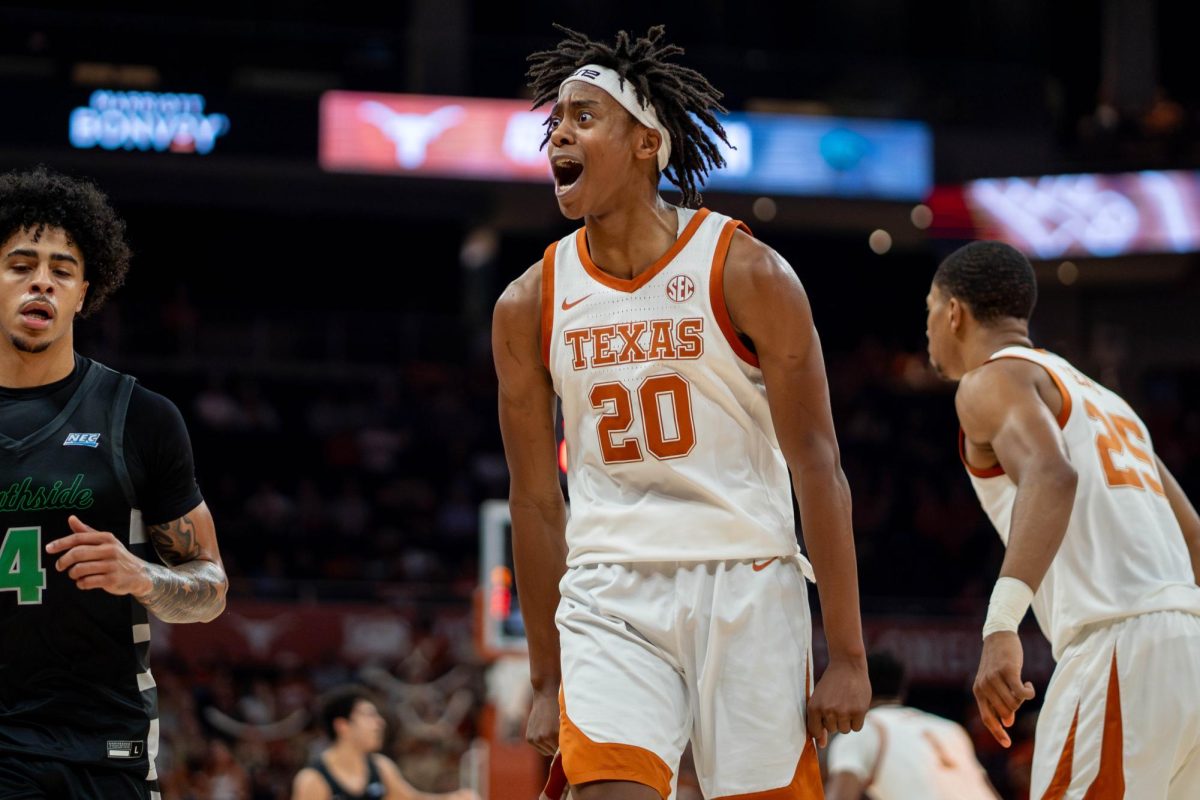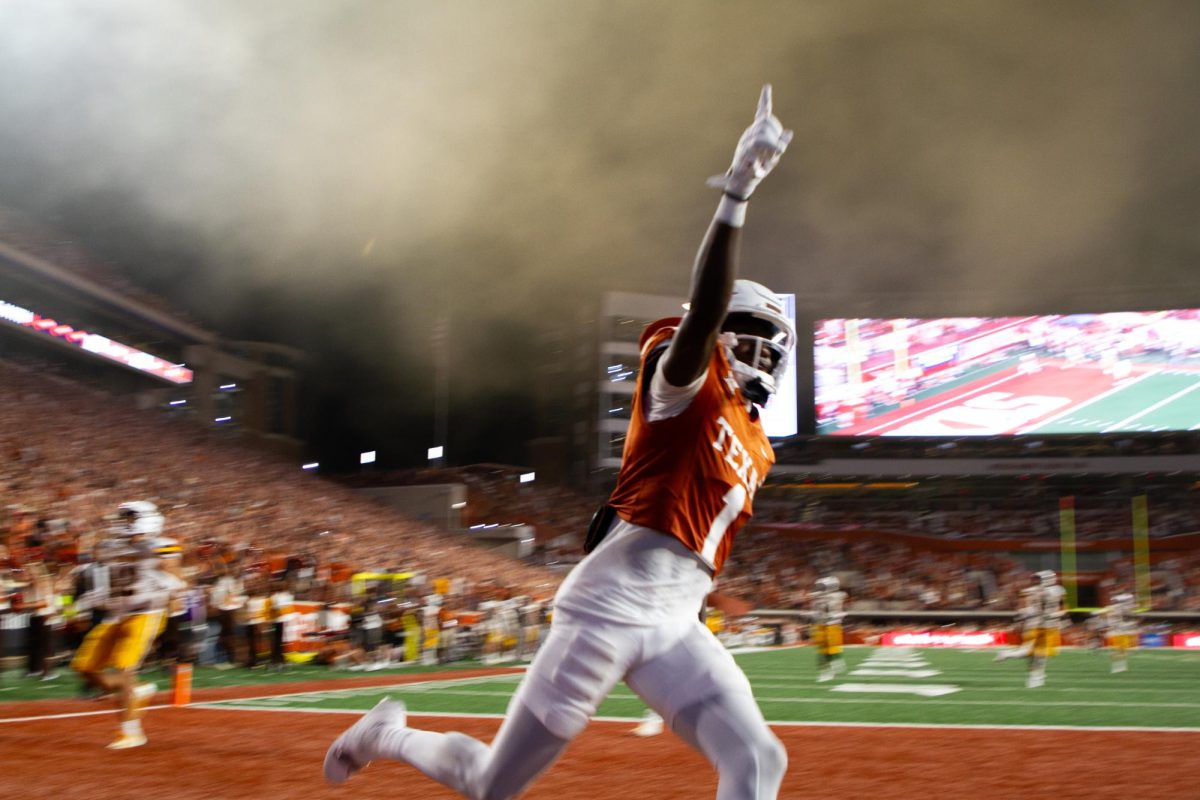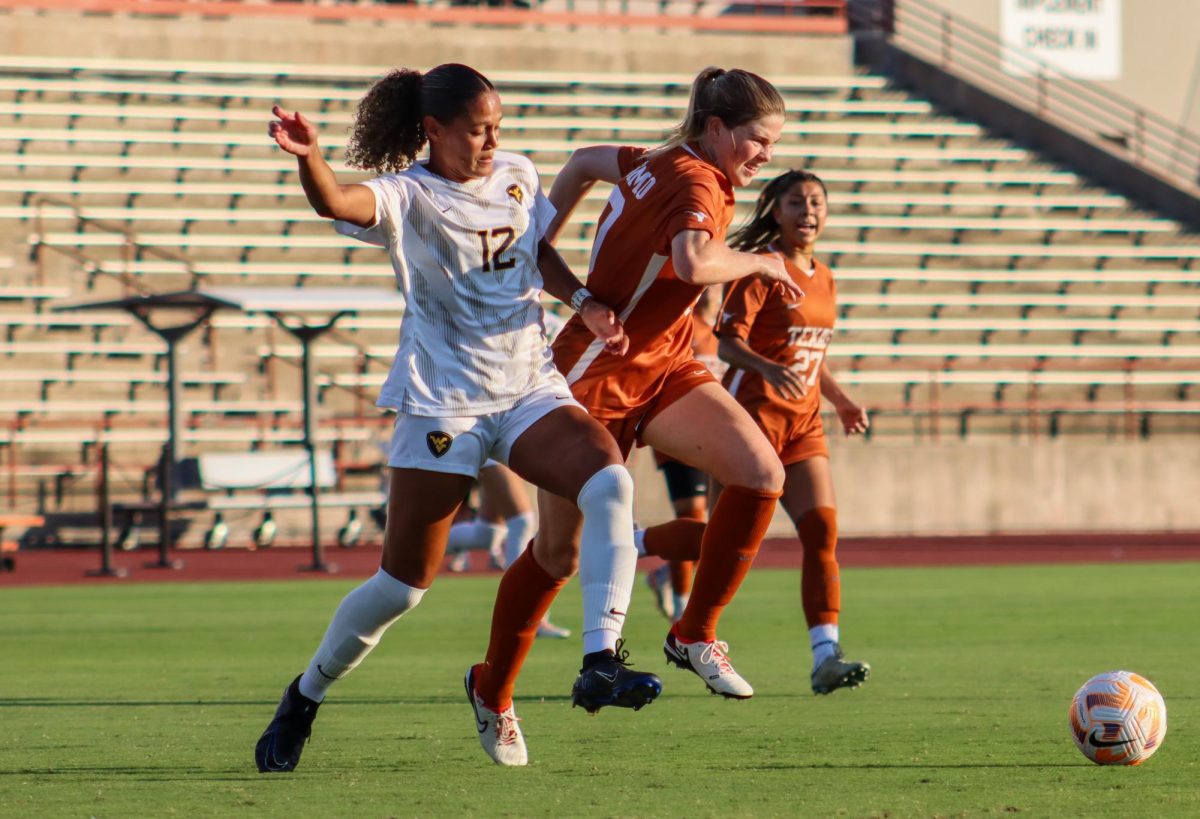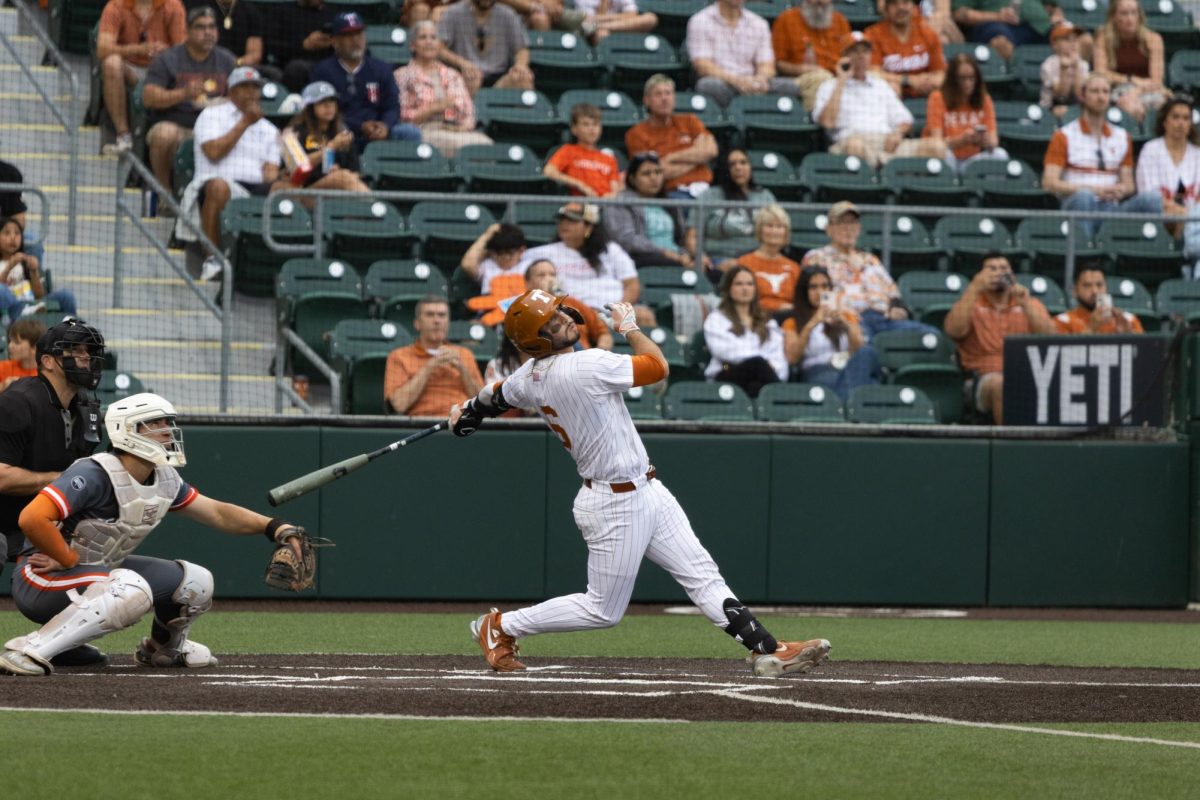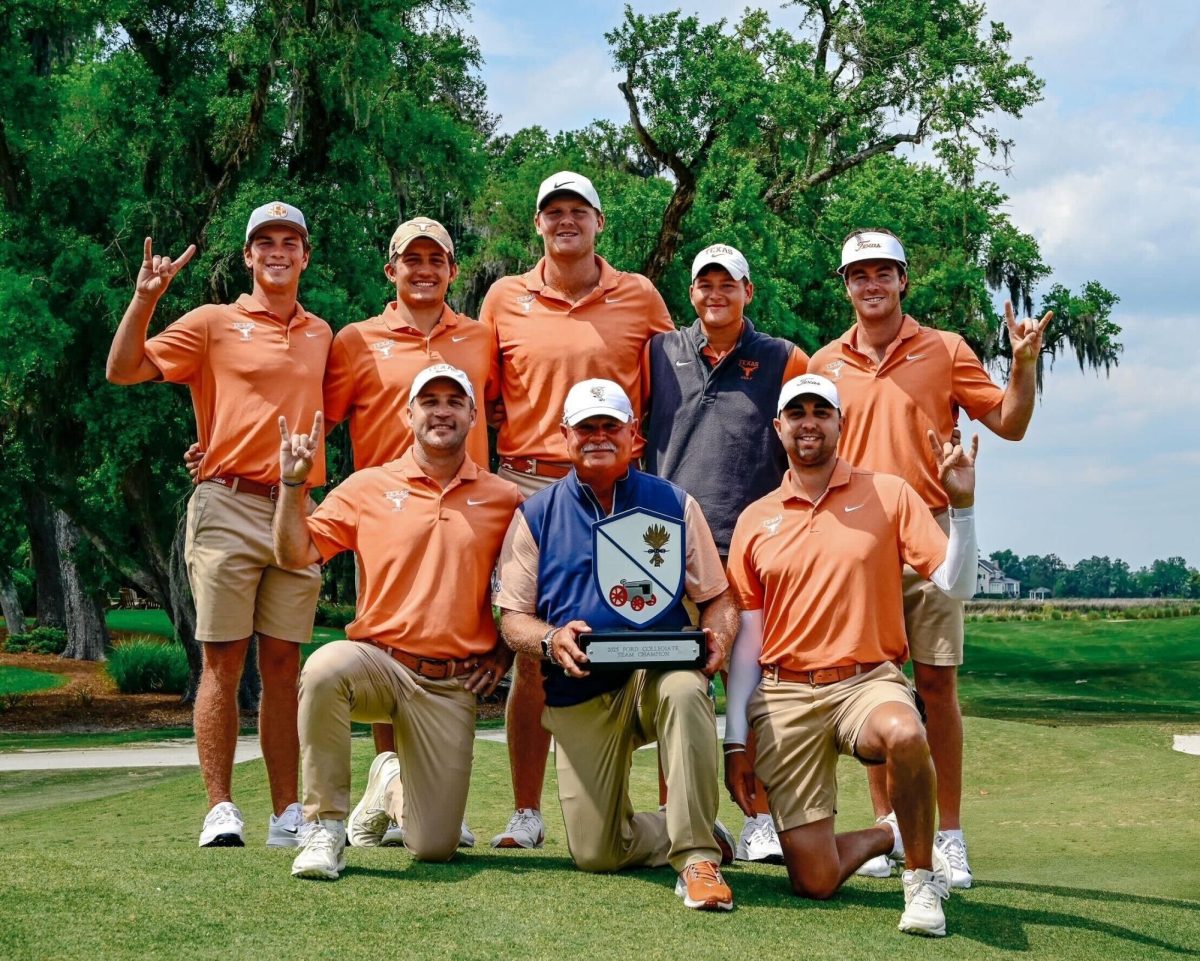Hockey is a bit of a foreign commodity down south, considering people around here care about Friday Night Lights, Saturday rivalries and Sunday slugfests.
But for the people of Austin, hockey has managed to find a niche as a part of the sports community, starting in 1996 with the Ice Bats, and after their collapse in 2008, the Texas Stars — who begin their second season on Saturday.
The Stars, who play in the American Hockey League, bring a higher level of talent and ability to Austin, as opposed to the Ice Bats, who were a part of the Central Hockey League.
Stars’ play-by-play announcer Josh Fisher compared the two teams to the minor league baseball system.
“It is like a triple-A team as opposed to a single-A team, in terms of play level,” Fisher said.
That’s not to say that the Ice Bats weren’t an entertaining brand of hockey. They were professional players doing their job and were able to provide Austin with a unique style of entertainment for 12 years.
But the Ice Bats’ real problem was not having a decent place to play. After leaving the air-conditionless Travis County Exposition Center in 2002, the team played at Chaparral Ice for five years.
“[Chaparral Ice] was not suited for professional hockey; seating was not up to par,” said Dan Graesser, former Ice Bats equipment manager. “It only held 500 people when they were there, and the seats were basically just wooden benches.”
The below-average facility at Chaparral was only half of the story of the Bats leaving town. The other was that after five years of negotiation with the newly built Cedar Park Center, the arena, which can hold up to 6,800 fans, decided to go in a different direction and went with the Stars to be a part of the arena instead of the Bats.
“The building wanted [to] partner someone that would invest with them and not a tenant who would just pay rent,” Fisher said. “It would be crazy for two teams to compete for the same dollar.”
After failing to find a suitable stadium, Ice Bats’ owner Randy Sanders purchased the whole team and had the franchise go lights out, releasing the players from their contracts and allowing them to go to other CHL teams.
Sanders is now looking to move the team to a number of locations across Texas, including Beaumont, San Angelo and Lubbock; but the team would not continue under the Ice Bats name.
“The city would name the team; part of the community feel and aspect,” Sanders said.
Now that the Ice Bats have left Austin for good, the Stars are the main hockey event in town. Nevertheless, the effect of the Ice Bats can still be felt.
“They were great, laid a good foundation of hockey, and now some Ice Bats fans have made the transition to the Stars,” Fisher said.
The Stars are pushing hockey to the next level around Austin, averaging 5,400 fans per game in their first year. During their playoff run to the Calder Cup finals, which ended in a 4-2 series loss to the Hershey Bears, the Stars sold out virtually every game.
With the success and excitement of the Stars in their inaugural season, the team has already sold 500 more season tickets than last year, and even attracted 3,000 fans in preseason games.
Proof of an enthusiastic and established fan base for the team can also be seen in the attendance at the community promotional events.
“We were told only 100 fans were going to show up to an event, and there ended up being 300 or 400 people there looking for autographs,” said Stars left winger Luke Gazdic. “[It] shows how dedicated they are.”
The club also does numerous community events such as visiting schools, hospitals and youth groups. The team just started a charity organization the Texas Stars Foundation, on top of a new youth league program where they sponsor seven different teams from throughout the community, even letting the teams wear the Stars logo.
With more than 30 hockey teams in the community, hundreds of kids playing the game and five ice rinks to play at, hockey is a sport on the upswing in Austin. With the Stars spearheading the movement, the contribution of the Ice Bats should not be forgotten.

